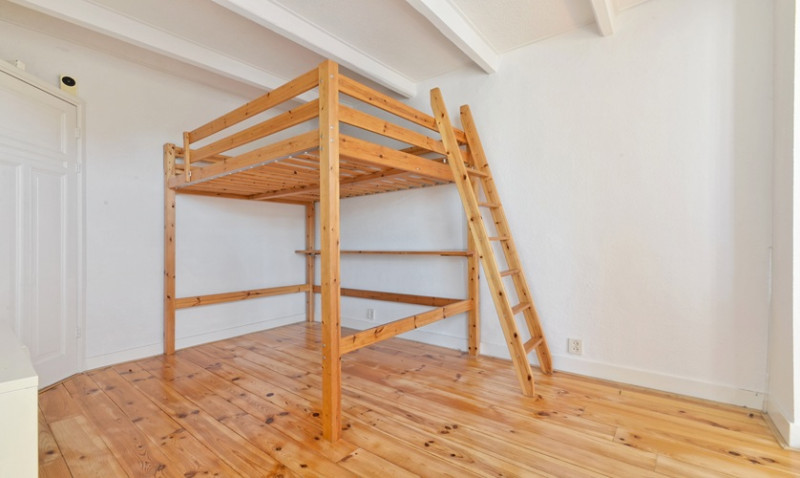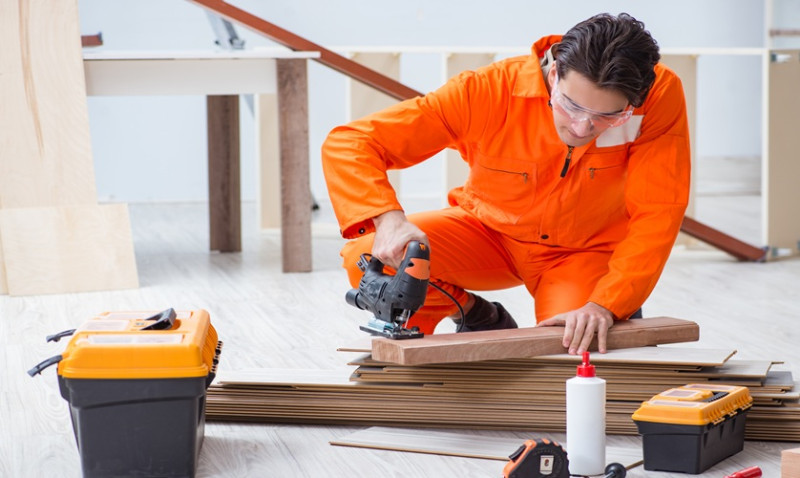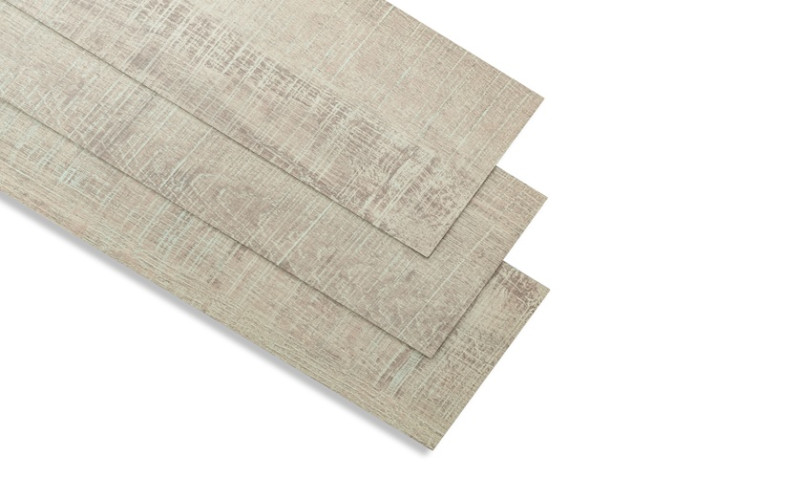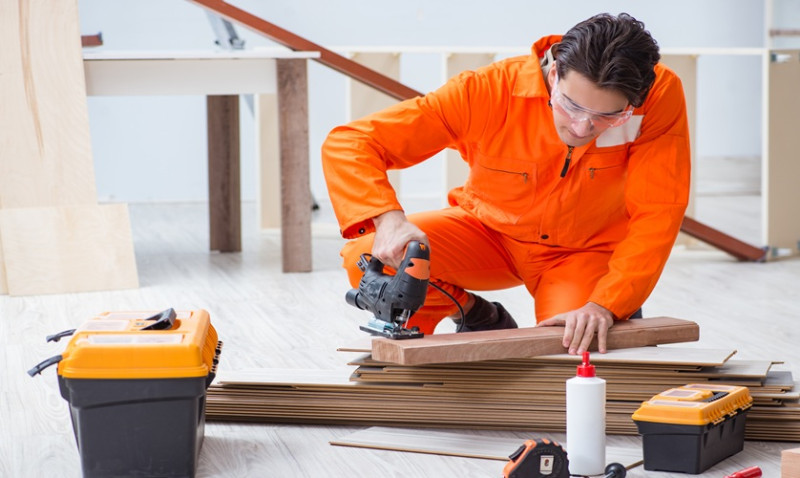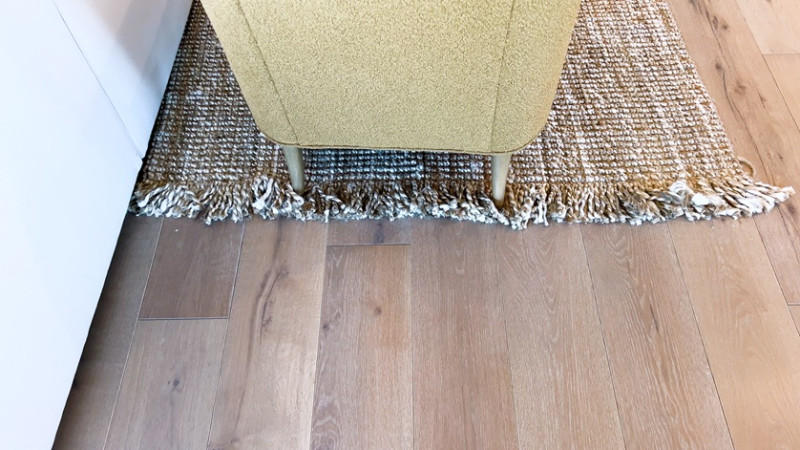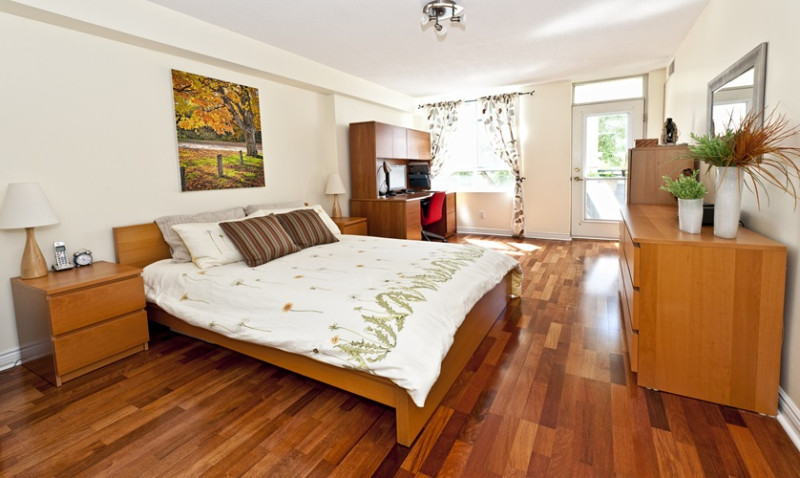
If your hardwood floors have lost their original luster, you might be wondering if there's a way to bring them back to life without the mess, time, and cost of full sanding. The good news is—yes, it’s possible! Whether you're a DIY enthusiast looking for your next weekend project, a professional tradesperson exploring alternative solutions, or a design-savvy homeowner redecorating your space, refinishing hardwood floors without traditional sanding is a viable and increasingly popular option in the UK.
Refinishing without sanding isn't suitable for every floor, but it can be a fantastic solution in the right circumstances. Whether your aim is to freshen up dull planks, erase light scratches, or update your interior with minimal disruption, this guide will walk you through everything you need to know. Think of it as a refresh, rather than a full transformation—perfect for homes that just need that final touch of elegance.
Understanding the Condition of Your Floor
Before deciding on a no-sanding refinishing method, it’s important to assess the existing condition of your hardwood flooring. Generally, these methods only work if your floors are still structurally sound, with the wear limited to surface-level damage. Deep gouges, warped boards, or severe finishes like thick varnishes may still require traditional sanding for full restoration.
Start by checking for surface scratches, minor dings, and fading. If your floors are dull but not damaged, this may be a perfect candidate for a no-sanding finish. Water stains, pet stains, or finish that's peeling or flaking might indicate deeper issues that a less-invasive refinishing process cannot correct.
Next, determine the type of finish currently on your floors. Most hardwood floors in the UK over the last decade are finished with polyurethane, either oil-based or water-based. Each reacts differently to rejuvenation products, so knowing the existing finish helps in choosing the right method.
If you’re unsure, you can carry out a water droplet test. Sprinkle some water in a few areas. If it sits on top, repelling into beads, your finish is intact (great!). If the water soaks in quickly, it's likely worn and may need more than a surface treatment.
Alternative Methods to Refinish Without Sanding
Refinishing without sanding falls into several categories. Each has its pros and is suitable for different levels of wear. Below are the most popular methods used by home improvement enthusiasts and trade professionals alike:
1. Buffing and Recoating
This is the industry standard method for “screen and recoat”—a process that lightly abrades the existing finish without touching the raw wood beneath. A buffer is used to scuff the surface layer just enough to allow a new coat of polyurethane to bond properly. This method is best for well-maintained floors that have surface-level wear but are still in solid condition.
Buffing can be done with rental equipment available from many UK DIY retailers, making it accessible for handy homeowners. However, some experience is recommended to avoid visible swirl marks or uneven coatings.
2. Liquid Abrasion Kits (Chemical Etching)
A more DIY-friendly method involves using a liquid abrasion kit, often sold under names like “no-sanding refinishing kits.” These include a chemical solution that etches the surface, roughing it just enough for a new topcoat to adhere. Once the solution is applied and dried, you follow up with a refresher polyurethane layer that brings back sheen and protection.
Brands like Bona and Rejuvenate have developed UK-compliant kits you can pick up from DIY stores or order online. They're especially popular for modern engineered floors which often cannot withstand full sanding anyway due to thin veneers.
3. Hardwood Floor Polishes and Revivers
Ideal for weekly warriors and interior designers looking for a fast, fuss-free fix before staging a home for a shoot or open house. Floor polish or revivers add a temporary shine and help conceal minor scuffs. They do not offer long-term durability but are brilliant for quick transformations.
This method doesn't require any machinery or specialist tools—just a clean surface and a simple mop application. While it won’t restore heavily worn finishes, it adds a vibrant, glossy topcoat that refreshes tired wooden floors in minutes.
Pros and Cons of Not Sanding
Before committing to a no-sanding strategy, it’s essential to weigh the benefits and limitations. Here's a quick overview to help you decide:
| Pros | Cons |
|---|---|
| No dust or mess compared to sanding | Not suitable for deep scratches or major flaws |
| Faster turnaround, often within a day | Limited to surface treatments, structural issues remain |
| More affordable—no need for sanding tools | Doesn’t completely restore extremely worn areas |
| Eco-friendly—no removal of wood layers | Limited choice in finishes compared to full refinish |
For UK homes, especially period properties where preserving original features matters, a no-sanding refinishing solution can help maintain patina and authenticity while giving floors new life. It bridges aesthetic and practicality, a compromise that suits many buyers, renters and renovators.
Step-by-Step: How to Refinish Without Sanding
Ready to tackle it yourself? Here’s a simplified guide to help you get started with a basic liquid abrasion + recoating method, often considered the most user-friendly approach:
- Clean Thoroughly: Vacuum and mop your floor. Remove all dust, wax, grime, and oils. Use a damp (not wet) microfiber mop with a specialised wood floor cleaner.
- Apply Liquid Abrasion: Apply the etching solution included in your kit using the applicator pad. Work in small sections to ensure even coverage.
- Allow to Dry: Let the floor air dry as directed by the product label—usually 30-60 minutes.
- Apply Refinish Coating: Apply the new finish in a thin, even layer. Use a microfiber pad or foam applicator. Always follow the grain of the wood.
- Dry and Cure: Allow proper curing time—most coatings dry in 1-2 hours but avoid heavy furniture or foot traffic for up to 24 hours.
This entire process can often be completed in a day, making it ideal for property developers or landlords needing to prepare a rental property quickly or young professionals looking for minimal downtime in their home upgrade.
When You Should Consider Professional Help
If your floors are beyond light wear—think deep gouges, stains, or sections with missing finish—it may be worth calling in a local floor refinishing expert. While a no-sanding approach revitalises mild wear, it won’t solve structural imperfections. UK-based tradespeople often have access to industrial machinery and experience with restoring heritage floors where sanding must be approached delicately.
Architects and interior designers working with high-end clients or listed properties may also steer away from DIY methods and prefer professional assistance for guaranteed results and preservation.
Final Thoughts: Is It Right for You?
Refinishing hardwood floors without sanding is becoming an increasingly popular option across the UK for homeowners, landlords and decorators alike. It’s cost-effective, quick, and far less invasive than full sanding, allowing you to enjoy the warmth of natural wood floors with minimal effort.
While not a miracle cure, this method provides a significant improvement in floor appearance and longevity—especially when paired with regular maintenance. So if you're ready to breathe new life into your space without the noise, hassle, and expense of sanding, give no-sand refinishing a try. You might be surprised at just how transformative one day of work can be for your entire home.
